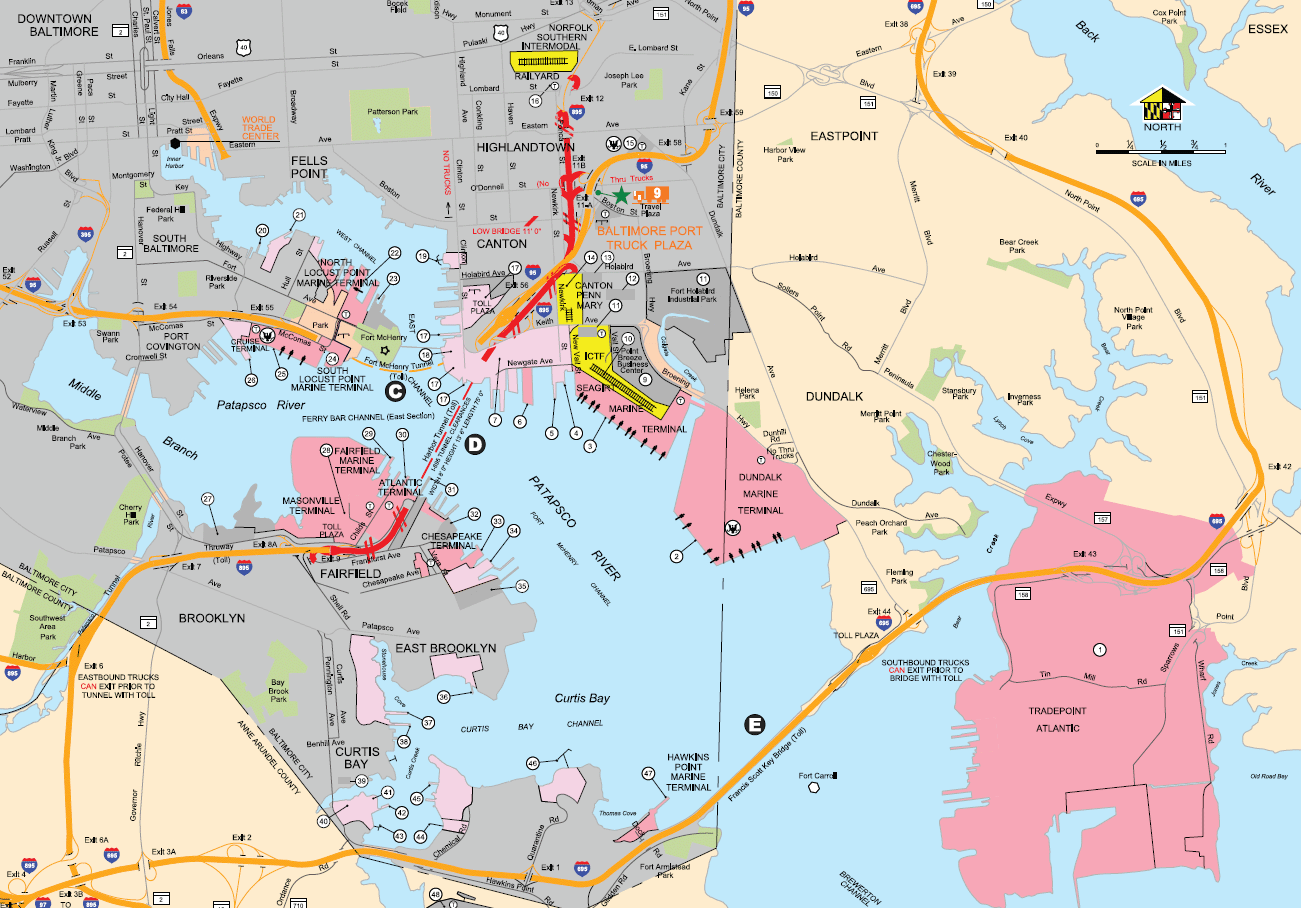The Port of Baltimore Will Bounce Back
In the early morning of March 26, Baltimore's Francis Scott Key Bridge collapsed when a container ship struck it, killing six construction workers and severing water access to most terminals within the Port of Baltimore indefinitely. With respect to economic losses from the port closure, the temporary losses for the region look to be severe. However, there are several reasons to be optimistic about the port's recovery and a minimal long-term loss for the region and the nation.
Experts from Johns Hopkins University and IMPLAN, a provider of economic impact data and analytical applications, do not anticipate the bridge collapse to have a strong negative impact on the national economy beyond supply bottlenecks, which may result in delays and higher shipping costs for certain commodities (such as coal, sugar and gypsum) and autos. The Port of Baltimore is the top importer for automobiles in the United States, so East Coast dealerships could be impacted by delays in shipments of vehicles such as Mazda and Mercedes-Benz. However, these delays stand to be relatively minor compared to the supply chain disruptions the nation experienced during COVID-19.
The immediate impact on the local area, on the other hand, could be substantial: The temporary closure can directly impact the labor income of more than 15,000 workers at the port along with 140,000 workers associated with the port's operations. IMPLAN estimates that a one-month closure of the port may cost Maryland $28 million in lost tax revenue. The Maryland legislature is fast-tracking the Protecting Opportunities and Regional Trade (PORT) Act bill to provide emergency relief to port workers and small business owners.
The importance of the port goes back to Baltimore's beginnings and has continued throughout its history. Baltimore was founded on the vitality of its port, and the city has relied on it as an economic engine through good times and bad. For instance, the bridge's crest offered a view to the east of shuttered Bethlehem Steel, which was once the largest steel producer in the world. And a strained look to the northwest gave a glimpse of the site of the former Broening Highway General Motors Plant, which had churned out millions of Buicks, Chevrolets and Oldsmobiles before closing its doors in 2005.
If manufacturing was Baltimore's past, then logistics is surely its future. From 1998 to 2022, the port's total container tons increased by 92 percent, automotive cargo increased by 196 percent, and roll-on/roll-off cargo increased by 113 percent. The General Motors site now houses an Amazon fulfillment center and is adjacent to the Seagirt Marine Terminal (opened 1990), which handles the majority of the Port of Baltimore's container volume. An expansion of the Howard Street Tunnel will bring double-stack rail to the terminal by 2025. The Bethlehem Steel site now contains several fulfillment centers and warehouses, as well as the Port of Baltimore's newest terminal, Tradepoint Atlantic. This terminal is the only one open within the port and is set to expand operations for containers in the next five years.
While other ports on the East Coast — such as Norfolk, Newark, Savannah and Brunswick — will temporarily absorb some of the flow of goods due to Baltimore's closure, there is little reason to believe that the closure will permanently impact the port's long-term activity. A recent academic study on the impact of natural disasters on port closures suggests that substitution to other ports is often not viable due to infrastructure and contractual constraints. Johns Hopkins University Professor Tinglong Dai — whose research interests include global supply chains — doesn't "see any lasting, major impact on the economy, whether it's local, regional, or national." He also noted, "The Port of Baltimore and its surrounding economy is in a strong position to win the future of the global supply chain transition."
Much like the poem that became our national anthem written by the bridge's namesake, iconic Baltimore landmarks tend to inspire its residents to triumph amid challenging circumstances. The bridge may be gone for now, but the Port of Baltimore will rise again in the land of the free and the home of the brave.
Views expressed in this article are those of the author and not necessarily those of the Federal Reserve Bank of Richmond or the Federal Reserve System.


